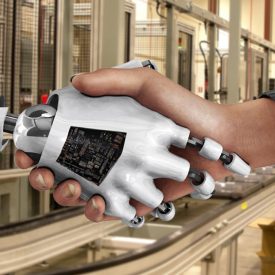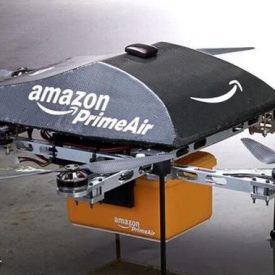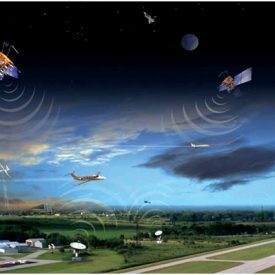If you are in a position in your own organization to evaluate incoming talent (let’s say you take part in the selection process for new hire crewmembers) or evaluate the talent you already have (you might be a Chief Pilot, Check Airman or FAA Designee, let’s say) you are constantly being bombarded with the threat …
 Chris Lutat
Chris Lutat
I often hear from experienced modern aviators when I’m presenting the precepts of Automation Airmanship to groups, both large and small: “What’s so different about your approach to operating the contemporary flight deck from what most people are already doing?” and, “Why should I adopt it?” Two great questions; to be honest, they are the …
Sometimes it’s hard to believe that the seemingly simplest flight deck duties are in fact the hardest to grasp, remaining elusive for decades in spite of the intense analysis that our industry constantly undergoes. Even the most up-to-the-minute aviation safety news of our time will report that poor monitoring weighed heavily in findings of “pilot …
Sometimes it seems as if business and industry rush into the future-world with so much energy and eagerness that those who we rely on to keep watch over high-risk/high-reliability endeavors are barely managing to keep abreast of developments. For those of us in aviation, the entities that provide this oversight function (primarily the FAA in …
In our first post of the year, we discussed one part of the human-machine team, the inherently flexible, adaptable, and powerful human operator. Ignoring the popular media and its leanings towards science fiction – and the views of many in our own industry – we hope to have reinforced the prominence of the human over …
One of our previous posts, entitled “Contemporary Cockpits: No Place for Luggage or Dogs,” was an introduction to a multi-part series that discusses what we know about the human-machine relationship, and what others from outside aviation have learned and applied in the last decade. Recent accidents and the media attention they’ve attracted has brought this …
Depending on where you sit in this industry, 2013 was a year of great change and great drama, some of it tragic. Though you might be reading this during a rest break while on a long trip over the Christmas holidays, this is still a time to “slow down the conveyor belt” just a little …
If you’re like me, you’ve grown tired in recent months of mass media reports of automation creating a generation of pilots who don’t know how to operate without it, and when forced to, come up short in performing the job of flying the airplane. Don’t get me wrong, what we believe to be the most …
There’s never been more focus on cockpit automation and those who rely on it than there has been over the past couple of years. At Convergent Performance we have the privilege to work with organizations and crews from diverse backgrounds, and all of them operating fleets whose special applications and missions are equally diverse. From …
There are many models we could use in this short piece to describe the importance of a smooth transition from one mode of aircraft control to another – namely, the transition between manual flight (that characterized by no support from the autopilot, autothrottles or both) and coupled flight (that in which physical control of the …









